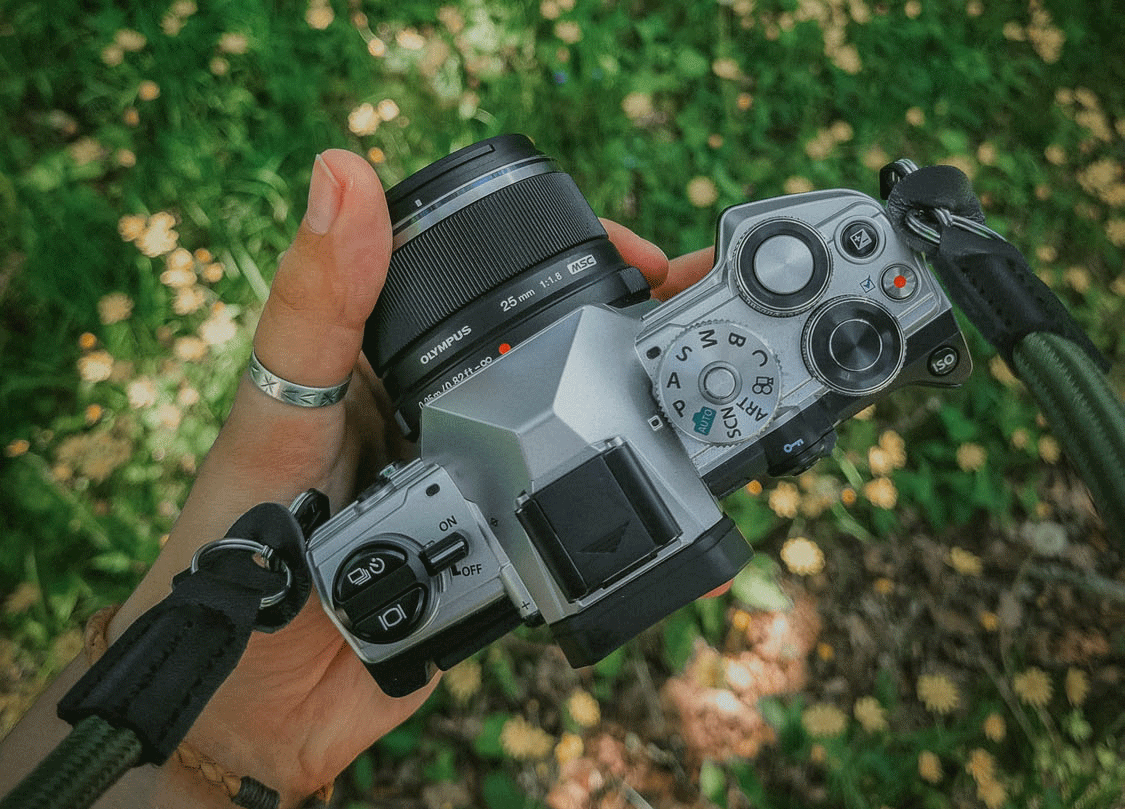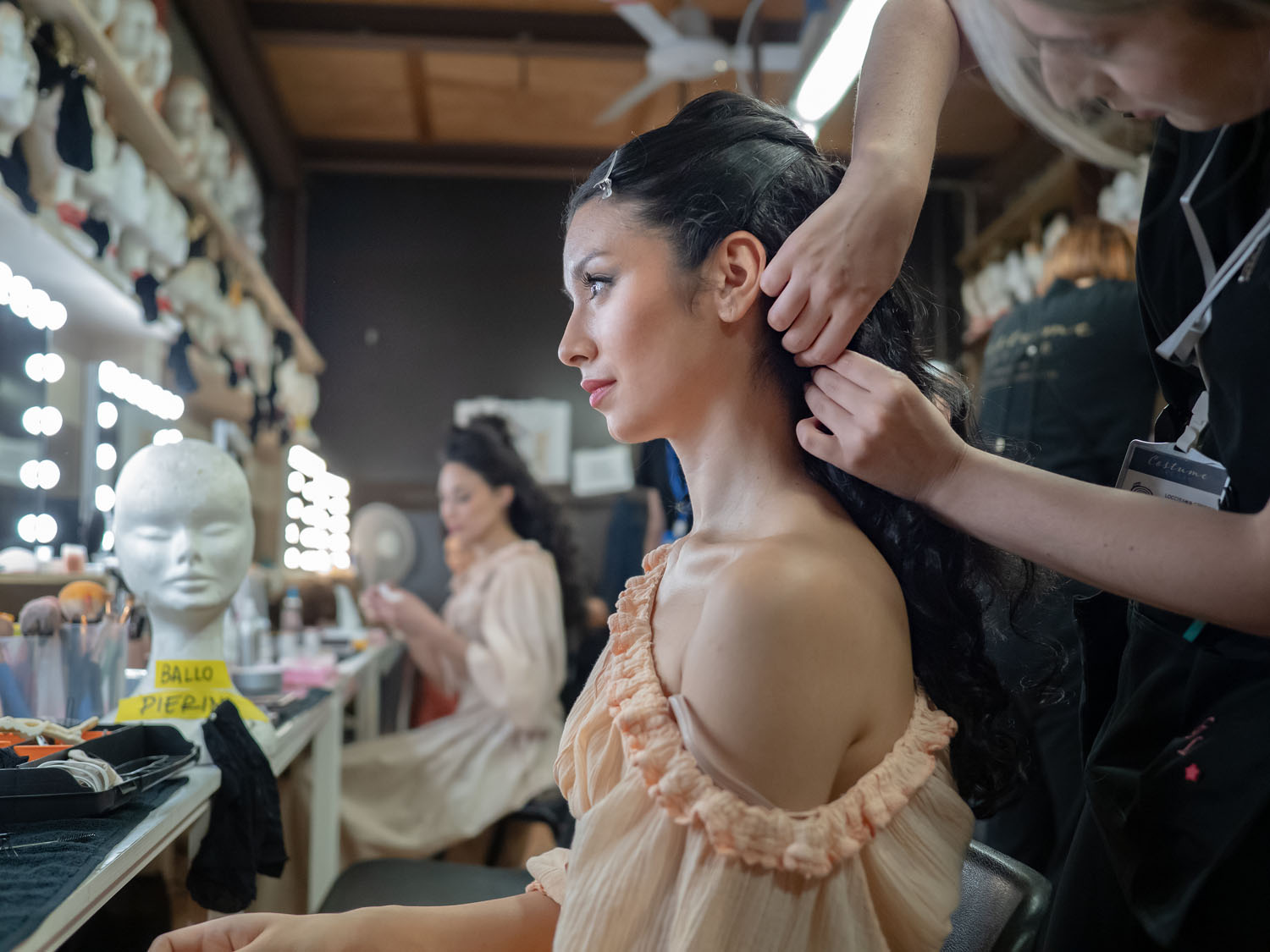Landscape photography
Hi everyone, my name is Federico Isacchi. I live in a small town near Bergamo, and I work as a technician in safety checks on electrical systems. Now I will give you a quick tour on how my passion was born, on my style of photography and some hints about post production!
Enjoy!
My interest in photography began in 2015, but before that I liked to take pictures with my Panasonic Lumix DMC-TZ6 compact camera.
In 2015, with the help of my brother, who owned a reflex camera, I became more and more interested in the world of photography. In fact, he “pushed” me to buy a more performing and professional camera than the one I had at the moment.
So, in May 2015, I went to a dealer located in Merate, LC, and talking with a customer he suggested an Olympus OM-D E-M10 that he owned and was enthusiastic about it. Hearing that from a third person, without any commercial interests, made me think and I decided to buy it, with the M.Zuiko Digital ED 14‑42mm F3.5‑5.6 EZ Pancake lens.
As written above, my first camera was a Lumix DMC-TZ6. However only with the purchase of the Olympus OM-D E-M10, I had that spark and love for photography that I did not feel before.
Learning how to change lenses, focal lengths, choosing shutter speeds, apertures, ISO, focus point, etc. made me rediscover that childhood curiosity linked to the conquest and experimentation of new things.
In addition, the numerous exclusive functions of Olympus cameras — for example the Live Composite and the Pro Capture — really helped me make shots that otherwise I would have done with serious difficulty.
Any person who’s met knows that I’m a lonely photographer. I don’t like taking pictures among other people. This nature of mine, combined with my passion for the mountains and climbing, led me to take a good part of the photos in the “home” mountains, The Orobie.
These mountains are harsh and inaccessible. There are no ski lifts, chairflits or cable cars (fortunately). This has been protecting them from mass tourism, safeguarding their beauty. In particular, I am a huge fan of the Grigne group, unique and incredible mountains, made famous in the world by mountaineers such as Bonatti and Cassin.
Obviously, shooting alone in the mountains involves considerable risks, which you need to know before embarking on a solo adventure. You have to plan everything meticulously, studying the route, alternative paths, weather conditions, clothing, the possibility of finding water during the route or not.
All according to these points:
• Choose the route by studying paths, height difference, travel times;
• Choose the day based on the best weather conditions;
• Choose suitable clothing and related spare parts;
• Prepare the backpack with everything you need: food, drinks, helmet, harness, rope, carabiners, first aid kit, flashlight, GPS, power bank, smartphone, crampons and an ice ax during Winter, etc;
• Prepare the camera, its objectives, filters and tripod;
• Tell someone where you are going and how long you are away.
On very rare occasions I have shot inside a glacier in the Swiss Alps, after traveling tens of kilometers in the snow and having faced sustained gradients >1000m, all at temperatures below -20 degrees. Without adequate planning and preparation, I would not have taken home the shot I wanted in complete safety.
I have numerous Olympus lenses, but I basically take my shots with two lenses: the M.Zuiko Digital ED 7-14mm f/2.8 PRO Lens and the M.Zuiko Digital ED 12-100mm f/4 IS PRO Lens, which I have been using with the E-M1 Mark II that I have owned for two years now and has kept me extremely satisfied. With these two lenses I have a complete kit of very high quality splash, dust and freeze proof, which allows me to shoot almost all of my landscape subjects.
What is written above concerns the planning of the trip and the shot, while the choice of the place is done by researching on the internet, mind traveling on Google Maps looking for sharp ridges, steep slopes and/or in any case possibly less frequented locations. Let me be clear, I also like to photograph the classic places (Dolomites, Val d’Orcia, Cinque Terre, etc.) but when a place becomes too inflated, and photography is no longer art but it’s a copy of photos, then I avoid to go there during the busiest periods.
Like all landscape photographers, I would like to advise you to take pictures either at dawn or at sunset, even if I prefer dawn, with relative night ascent into the mountains, so that the descent is done in the light and not in the dark. In addition, special conditions such as fog, uncertain weather and snow also deserve a lot of attention.
Finally, for what concerns the post production of the photos, I basically use Camera raw combined with Photoshop. Using a micro 4/3 sensor I try to avoid raising/lowering the light/white, shadow/black switches to the maximum. As well as contrast, vividness, clarity, etc. But I always find a compromise not to scramble the file.
In many occasions I do more bracketed shots at different exposure, which I then combine with Photoshop to have a very wide dynamic range, and have good readability of the file both in the highlights and in the shadows.
Another aspect not to be overlooked is the detail panel, since the m4/3 sensor is four times denser than a 24 megapixel Full Frame sensor, you have to pay attention where you’re applying sharpness.
Surely there would be another article on post production to be written, but for now I hope to have inspired you a little with what I wrote, but above all with my photos. Greetings to everyone!

“My name is Federico Isacchi, I am 30 years old and I take care of electrical systems for a living.
In my free time, I like to climb — in fact in the evening after work I climb with friends. The evenings when I don’t climb, if the weather permits and I still have energy in my body, I like to go out and take pictures. I’m lucky enough to live near the Adda so there is no shortage of photographic opportunities.
The passion for photography was born slowly inside me, since I was a kid I always had a compact camera, I still remember it was a Panasonic Lumix TZ6. Over the years, this passion has increased a lot, I started taking pictures every weekend, and at the same time I felt the need to improve myself.
In 2015 I got my first serious machine, an Olympus E-M10 and started posting. Everything you see in my galleries is the fruit of my passion and nothing more. I’m self-taught and a photographer for the fun of it, because “stopping time” is too good a thing!”




















Antonio Benetti
October 23, 2020 @ 18:04
Bravo, bravo e ancora bravo. Come sempre direi. Complimentissimi !!!!!!!
Antonio Benetti
Fabio
October 23, 2020 @ 20:24
Gran belle foto, davvero!
Complimenti
Stefano Marangoni
October 23, 2020 @ 21:57
Passione e risultati coinvolgenti. Immagini incantevoli. Davvero bravo! Complimenti
Nicolò Ragusa
October 24, 2020 @ 06:57
Bello l’articolo, belle le foto e belli gli spunti. Un mio grazie personale.